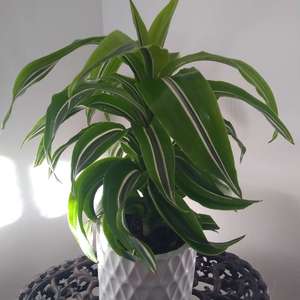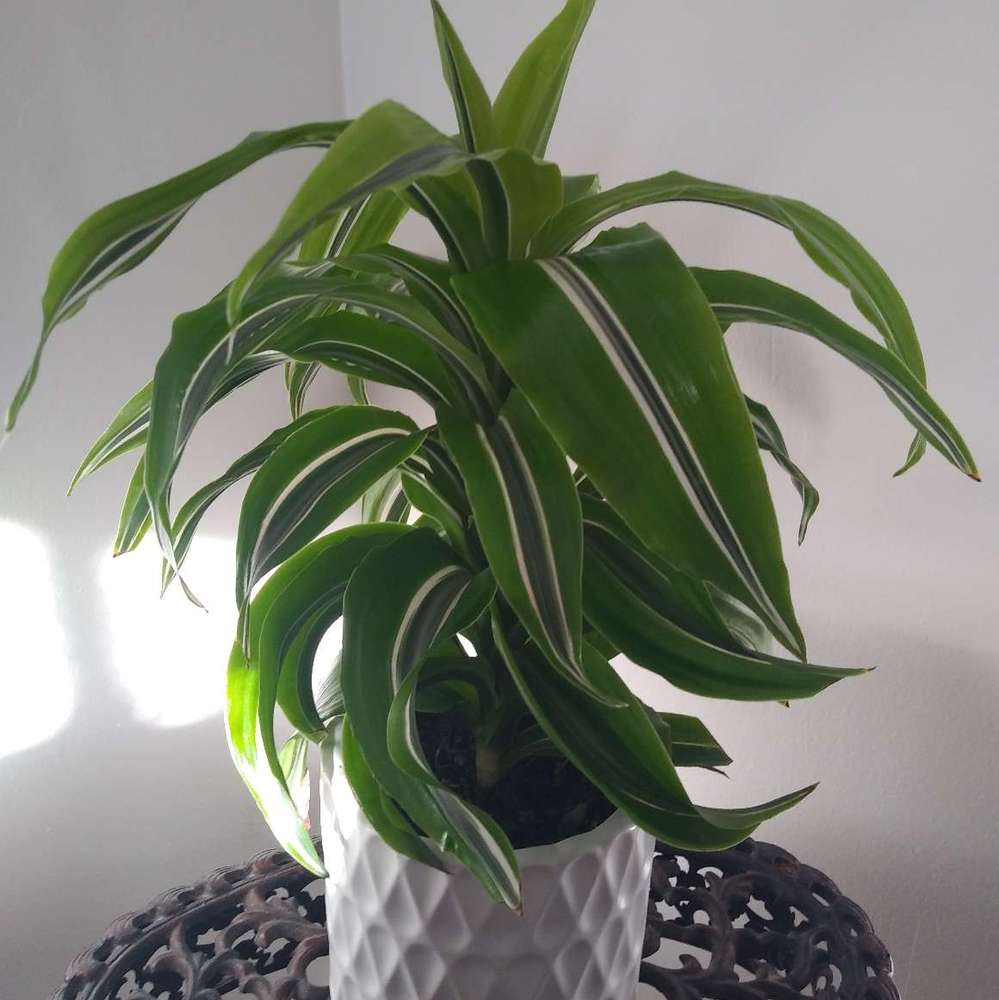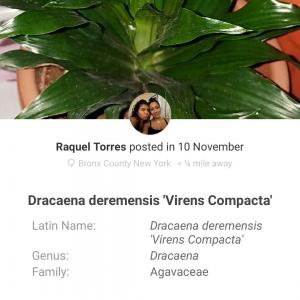植物经验
详细说明
POTTING NEEDS
Grows well in any type of pot that contains drainage holes in the bottom. A standard potting soil for indoor tropical plants retains sufficient moisture without easily becoming soggy. The mixtures typically contain loam, peat moss and vermiculite or perlite. A drip tray placed beneath the pot collects excess water and requires emptying after each watering. Pot size varies depending on the size of the plant. D. deremensis requires repotting when the root ball fills the pot and the plant either begins to lift or send roots out of the drainage holes. Repotting into a pot one size larger every two to three years in late winter is usually necessary.
LIGHT, TEMP, HUMIDITY
Direct sunlight can burn d. Deremensis' foliage. The plant works well as a houseplant because it can thrive in the lower light conditions that are often found indoors. A location that receives bright but indirect light provides for best growth. Daytime temperatures between 80 and 85 degrees Fahrenheit are preferred, although the plant can thrive at slightly cooler indoor temperatures. Nighttime temperatures should never fall below 50 degrees and freezing temperatures will kill the plant. If the tips of the leaves turn brown it could be from lack of humidity. Misting the plant's leaves, especially during the winter or when indoor heat is on, can help alleviate this problem.
WATER & FERTILIZER
Moderately wet soil results in healthy growth. Water d. Deremensis when the soil surface feels dry but before the soil begins to dry in the root zone. To ensure even watering, water at the plant's base until the excess moisture drips out the bottom of the pot. Allow the pot to drain for 30 minutes then empty the drip tray. Avoid watering the plant with cold water. Monthly applications of a soluble houseplant fertilizer in spring and summer, applied at the package-recommended rate, provides suitable nutrition.
PRUNING
The plant rarely requires severe pruning. d. Deremensis produces canes, which you can cut back to the desired height if the plant becomes overgrown. Pruning is typically done in the spring but you can prune it any time the plant is actively growing. Make cuts near a joint scar on the cane. Removed cane portions root readily in soil and can grow into new plants. Leaves occasionally yellow and die. Remove these at any time to improve the plant's appearance.
Grows well in any type of pot that contains drainage holes in the bottom. A standard potting soil for indoor tropical plants retains sufficient moisture without easily becoming soggy. The mixtures typically contain loam, peat moss and vermiculite or perlite. A drip tray placed beneath the pot collects excess water and requires emptying after each watering. Pot size varies depending on the size of the plant. D. deremensis requires repotting when the root ball fills the pot and the plant either begins to lift or send roots out of the drainage holes. Repotting into a pot one size larger every two to three years in late winter is usually necessary.
LIGHT, TEMP, HUMIDITY
Direct sunlight can burn d. Deremensis' foliage. The plant works well as a houseplant because it can thrive in the lower light conditions that are often found indoors. A location that receives bright but indirect light provides for best growth. Daytime temperatures between 80 and 85 degrees Fahrenheit are preferred, although the plant can thrive at slightly cooler indoor temperatures. Nighttime temperatures should never fall below 50 degrees and freezing temperatures will kill the plant. If the tips of the leaves turn brown it could be from lack of humidity. Misting the plant's leaves, especially during the winter or when indoor heat is on, can help alleviate this problem.
WATER & FERTILIZER
Moderately wet soil results in healthy growth. Water d. Deremensis when the soil surface feels dry but before the soil begins to dry in the root zone. To ensure even watering, water at the plant's base until the excess moisture drips out the bottom of the pot. Allow the pot to drain for 30 minutes then empty the drip tray. Avoid watering the plant with cold water. Monthly applications of a soluble houseplant fertilizer in spring and summer, applied at the package-recommended rate, provides suitable nutrition.
PRUNING
The plant rarely requires severe pruning. d. Deremensis produces canes, which you can cut back to the desired height if the plant becomes overgrown. Pruning is typically done in the spring but you can prune it any time the plant is actively growing. Make cuts near a joint scar on the cane. Removed cane portions root readily in soil and can grow into new plants. Leaves occasionally yellow and die. Remove these at any time to improve the plant's appearance.
花相册 (1)

TaylorKerner
2018年12月09日


相关用户






